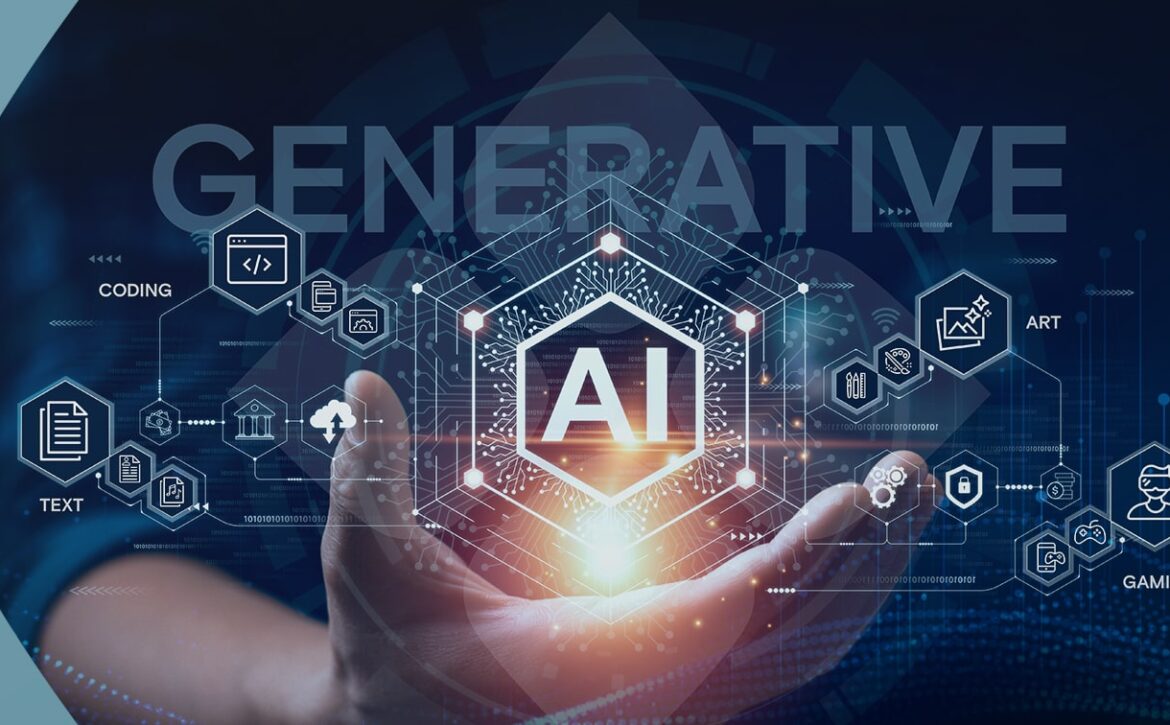ERPs are the Backbone of Modern Operations
Enterprises and scale, the sheer association and the interconnectedness between the two if not managed aptly most certainly leads to chaos.
For instance, just imagine a country with many distinct provinces and cities. To manage a country’s policy and administration, there ought to be an extreme level of coordination among on all levels, horizontally and vertically as well. To manage a city in silo would have been a relatively easy feat compared to managing a country with many cities under its ambit. Manually done, it would take forever for correspondence and timely coordination and corrective action whenever required.
Moving ahead, Now imagine the chaos behind the curtains when these departments run on their own, like an island in the ocean of data. This isolated approach can lead to errors, sheer inefficiencies, and might result in lack of overall visibility.
Thanks to modern-day ERPs (Enterprise Resource Planning Software), this doomsday scenario can be avoided. ERP acts as a central hub, effortlessly integrating data and processes across the organization. It’s like connecting the dots, transforming isolated sectors into a cohesive network, so the island stays afloat.
Why ERP usage is not mainstream
ERP systems serve as the backbone of successful operations, supplying an integrated platform that streamlines processes, enhances intuitive decision-making, and drives growth. In today’s competitive landscape, embracing ERP is not a mere choice; it’s a necessity for businesses seeking to thrive and achieve their full potential.
Many businesses underestimate the value of ERP solutions when it is a must-have for them to conduct successful operations and move forward without any preamble. Below are some reasons why businesses might hesitate to employ ERP solutions:
Limited Scope Assessment
One of the big reasons is that some businesses may feel that they don’t see a need for ERP solutions. If a business is not experiencing any major problems with its current systems, it may not see a need to invest in an ERP system. However, even businesses that are operating smoothly can benefit from the improved efficiency and decision-making that ERP systems can offer.
Reluctancy towards change
In other cases, businesses are often afraid of change. In business, the element of risk is necessary, but it is not a welcome factor. Implementing an ERP system is a major change for any business, and some businesses may be hesitant to make the leap because of the risk factor and how it may affect processes. However, the benefits of ERP systems often outweigh the challenges of implementation.
Unlocking Business Potential Through ERP
Businesses that use ERP systems can gain a lot of benefits, such as working more efficiently, spending less money, and making more money. By using ERP, businesses can make their operations more streamlined, give their customers better service, and grow in a way that can last.
Compiled below is a list of reasons why businesses should employ ERP systems:
Smoother operations and better efficiency
ERP systems bring together all the different departments and processes in a company, getting rid of the need for separate systems and data. This centralized approach makes workflows more streamlined, reduces the amount of manual data entry, and improves communication between teams, leading to increased efficiency and productivity.
Lower Costs and Higher Profits
ERP systems can help companies reduce costs in many different areas, such as keeping track of stock, making sure supplies get to where they need to go smoothly, and reducing extra work that doesn’t add value. By making things run more smoothly, doing things automatically, and making better choices, ERP systems can help companies save a lot of money and make more money.
Automated Tasks and less manual work
ERP systems take care of many monotonous and time-consuming tasks on their own, such as processing orders, keeping track of inventory, and making financial reports. This means that employees can focus on more important and valuable activities instead. This reduces the amount of work that needs to be done by hand and makes the company more productive overall.
Improved customer service and satisfaction
ERP systems bring together all the information about customers in one place, making it easier for companies to help their customers. With a complete record of each customer’s past interactions, employees can quickly solve problems, understand what customers need, and make their interactions more personal. This leads to happier customers who are more likely to keep coming back.
Better understanding of data and better decision-making
ERP systems give companies up-to-the-minute information from all over the organization, making it easier for them to make good decisions. This helps companies see patterns, use their resources wisely, and make important choices at the right time. This leads to better productivity and helps companies reach their goals.
Embrace ERP and Empower Your Business
Don’t let your business fall behind. Embrace ERP and unlock its transformative potential. By implementing ERP solutions, you can take the first step towards true business transformation.
Join the ranks of successful businesses that have used ERP to achieve their full potential. Contact us at ITCS today to learn how you can tailor ERP solutions to your specific needs and embark on a journey of continuous improvement.






